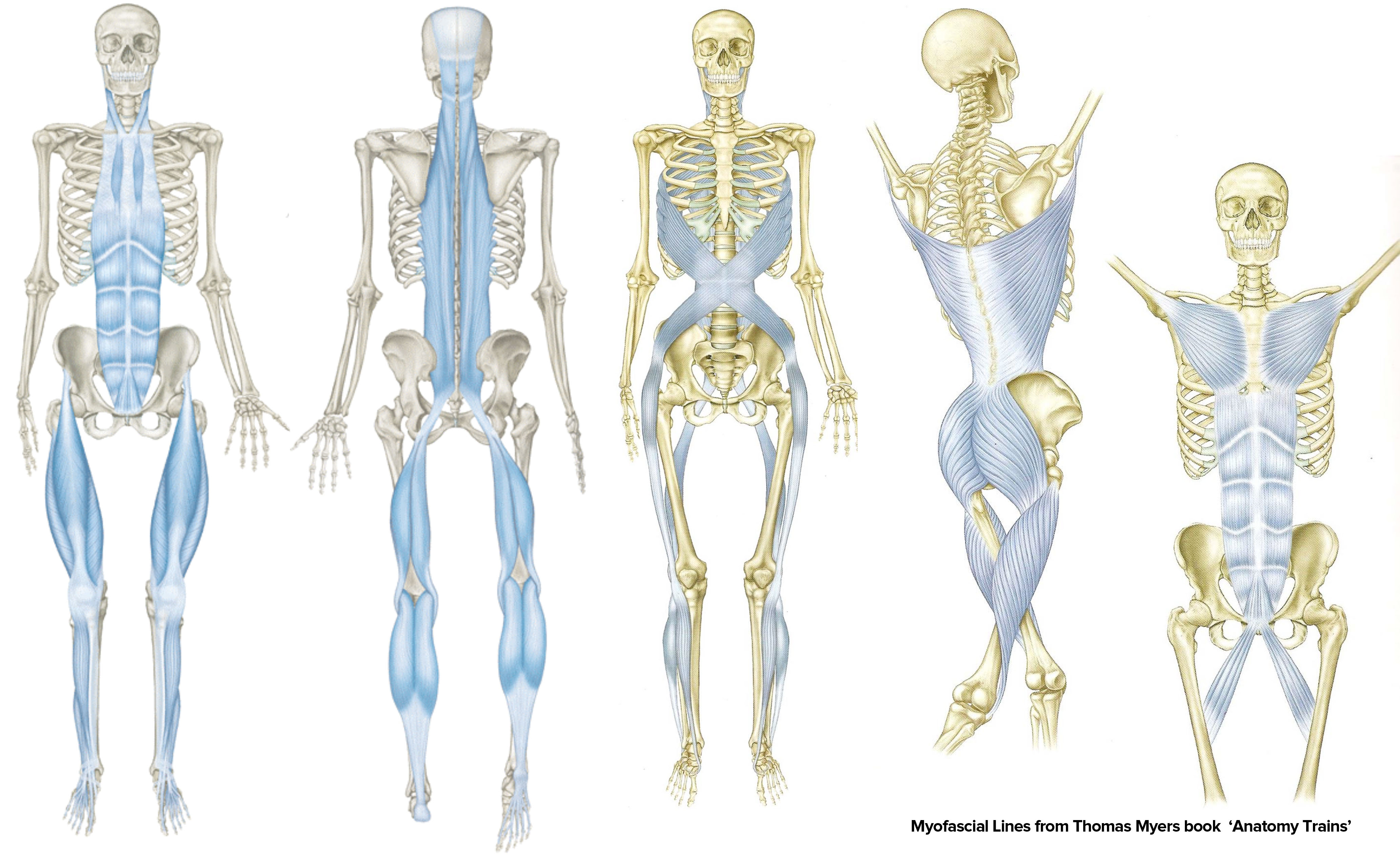Did you know that intestines consist of about 200 million nerve cells? It’s more than all of the nervous system, but less than the brain. That’s why enteric nervous system is called „second brain”. What’s more interesting, the complexity of this system causes the scientists to attribute it intelligence of a dog, or a cat.
Numerous musculo-fascial connections are spread through the abdomen, they connect our arms with our legs.

Blockages of this area often result in pain sensations interpreted as:
A lot of our patients diagnosed with discopathy or sciatica after therapy went home without any symptoms.
Average weight of the bacterial flora ranges between 2 kilograms. It gives us around 39 billion (39 000 000 000 000) of alien cells in our organism, with average quantity of human cells being around 30 billion (30 000 000 000 000). Therefore, sometimes the bacterial flora controls us, and not the other way around, forcing us to supply appropriate nourishment.
In the intestines, lymphatic tissue is located. It is connected with mucosa of digestive tract which contains over 70% of lymphocytes of the whole organism and creates complex immune system, the so-called GALT (Gut-associated Lymphoid tissue) system; therefore, over 70% of our immunity is strictly connected to the state of our intestines.
Over 90% of serotonin produced by the human organism is created in the intestinal cells, so it’s easy to say that the state of our intestines is responsible for our well-being.
From all the nerve impulses passing through vagus nerve, 90% goes from intestines to the brain, and only 10% takes the reverse path. It looks like our brain is outright bombarded with information from intestines, therefore, a large part of our emotions is closely connected to intestinal nerves work. Therefore, anxiety and fear may be caused by the blockage in abdominal fascia system.
Thankfully, we have a very efficient cure for that – a visceral therapy, i.e., specialised abdomen massage.